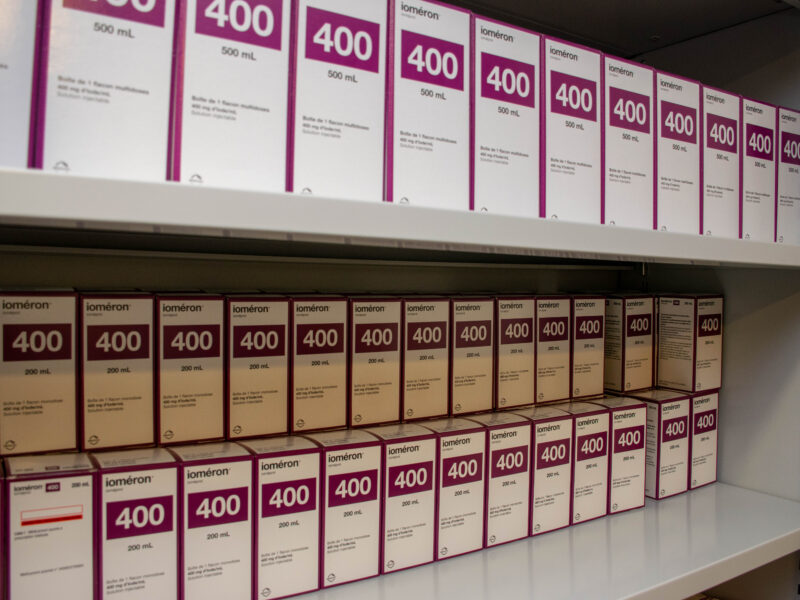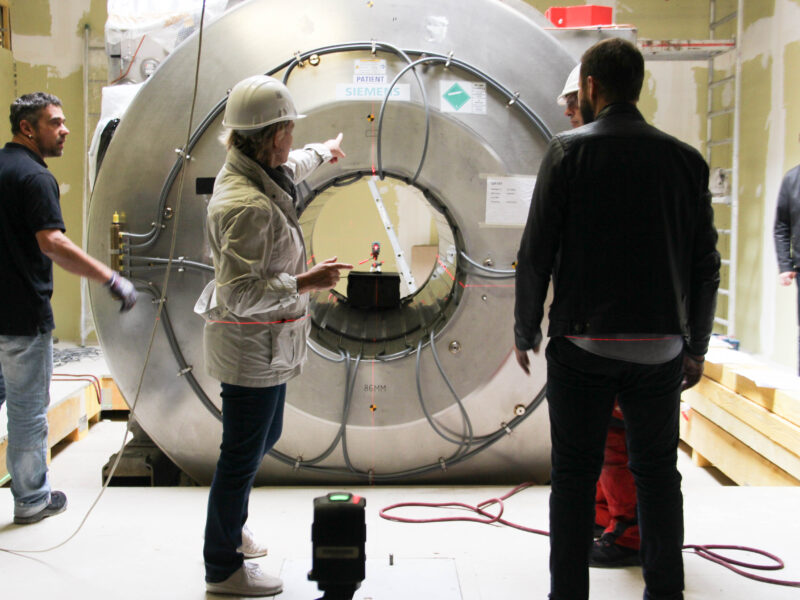Introduction
Le vertige est une illusion de mouvement qui peut se manifester sous diverses formes. C’est un motif fréquent de consultation aux urgences (2 à 3%).
Le système vestibulaire
Le système vestibulaire est fait de deux contingents. Le contingent périphérique correspond au compartiment endolymphatique vestibulaire. Ce dernier comprend l’utricule et le saccule (sensibles respectivement aux accélérations linéaires horizontales et verticales), les canaux semi-circulaires et leurs ampoules (sensibles aux accélérations angulaires) et les nerfs vestibulaires supérieur et inférieur. Le contingent central correspond aux noyaux vestibulaires, à l’archéocervelet, au tronc cérébral, au thalamus et au cortex vestibulaire.
Causes centrales et périphériques
Il est classique de distinguer les causes centrales et périphériques [1]. En effet, l’orientation par le clinicien permet la réalisation d’un protocole d’imagerie adapté. Dans le cadre des vertiges périphériques, un vertige positionnel durant q












Discussion
Aucun commentaire
Commenter cet article